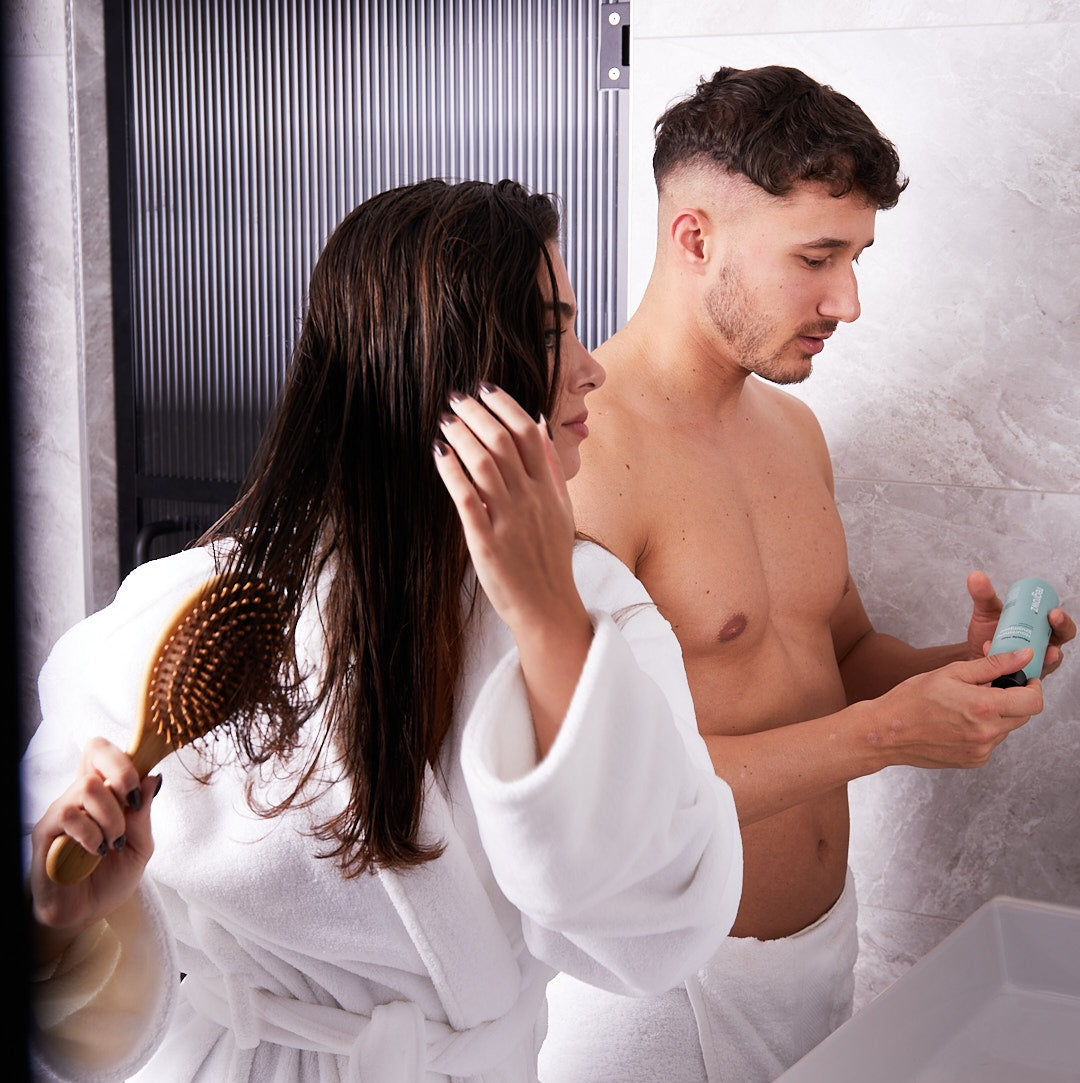News

The Independent - Best Hair Growth Shampoo
We were recently featured in The Independent and won the best natural shampoo. Please find review below:- Best: Natural formula Rating: 9/10 This bright green bottle is a great pick if you...
The Independent - Best Hair Growth Shampoo
We were recently featured in The Independent and won the best natural shampoo. Please find review below:- Best: Natural formula Rating: 9/10 This bright green bottle is a great pick if you...

Natural Products Online - Featured Article
Regrowz recenrly featured in Natural Product Online, the leading website specialises in featuring products that are all natural, like our womens hair supplements:- "Regrowz new Hair Health Capsules For Men...
Natural Products Online - Featured Article
Regrowz recenrly featured in Natural Product Online, the leading website specialises in featuring products that are all natural, like our womens hair supplements:- "Regrowz new Hair Health Capsules For Men...

The perfect hair care routine for office workers
If you are a working woman, you are busy juggling home and work. Additionally, you have to face the stress of travelling to your office besides the other massive decisions...
The perfect hair care routine for office workers
If you are a working woman, you are busy juggling home and work. Additionally, you have to face the stress of travelling to your office besides the other massive decisions...

How do amino acids benefit hair growth?
Hair growth stimulation can be successfully achieved if you could only add amino acids to your diet. Hair is predominantly composed of keratin, which is a special kind of protein....
How do amino acids benefit hair growth?
Hair growth stimulation can be successfully achieved if you could only add amino acids to your diet. Hair is predominantly composed of keratin, which is a special kind of protein....

The connection between an itchy scalp and hair ...
Itchy scalps can cause hair loss. Medically known as scalp pruritus, the condition can cause sufficient irritation to the individual. Heated, stuffy rooms and a cold weather may well aggravate...
The connection between an itchy scalp and hair ...
Itchy scalps can cause hair loss. Medically known as scalp pruritus, the condition can cause sufficient irritation to the individual. Heated, stuffy rooms and a cold weather may well aggravate...

Scalp ringworm and hair loss
Also known as tinea capitis, Ringworm is a fungal infection that affects the hair shafts along with the scalp. While symptoms may vary, some common indications are bald patches on...
Scalp ringworm and hair loss
Also known as tinea capitis, Ringworm is a fungal infection that affects the hair shafts along with the scalp. While symptoms may vary, some common indications are bald patches on...

